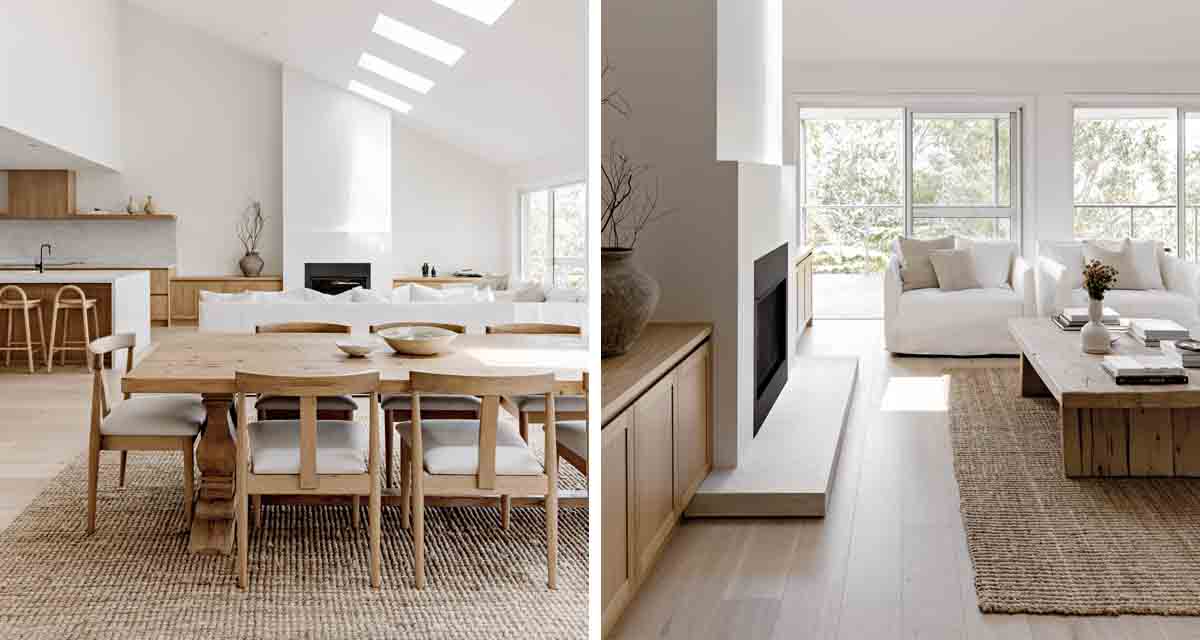Some might say texture is a buzz word in interior design, however the truth is it is an essential part of an interior designers vocab, because without it a room design can fall seriously flat. In the cooler months it is an even more important design element to consider.
What Is Texture?
Texture, simply put, is an objects physical feeling or visual appearance. Tactile texture is created from the physical surface of an object, like smooth, rough, hard etc. We know that texture is in essence a tactile quality, however it can absolutely be felt just by looking at a space or at a photo of a room – without even touching a surface in the room. This is called visual texture. Designers often use texture to add to what they call “the visual weight” of a room.
Visual texture influences the mood and ambiance of a room, while tactile texture creates an impression on your senses.
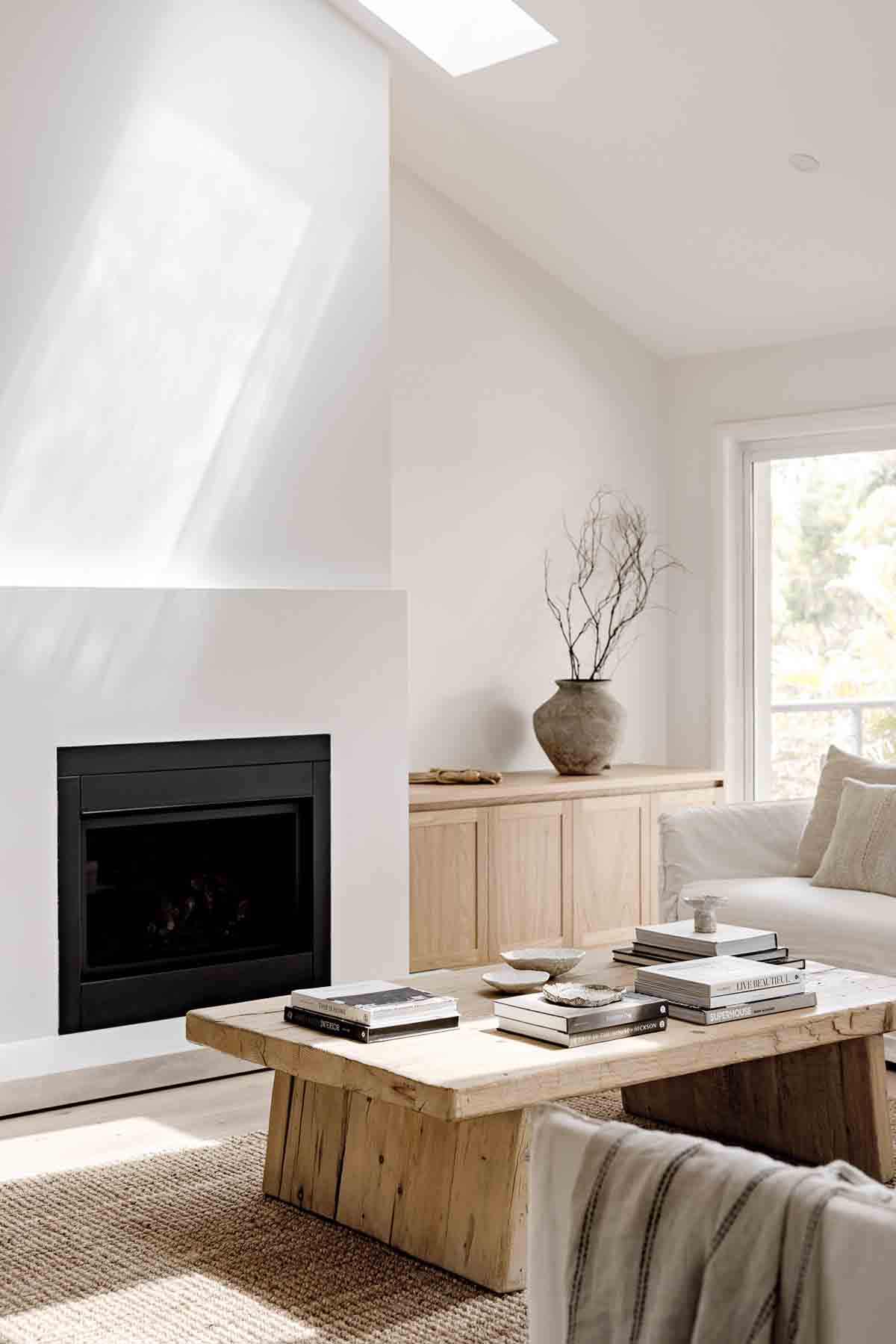
Texture emphasises warmth and creates a point of interest. Too much texture can appear busy to the eye, while not enough texture can leave a room feeling flat. It is this process of blending the rough with the smooth and knowing how to create visual texture—the sort that isn’t tactile at all – that makes or breaks a space.
At the same time it is important to consider how much light a room gets and how light it is. Even in the winter months, this home receives an abundance of sunlight, so we don’t need to go heavy on the texture to make it feel warm and inviting.
For some people this is the missing link when they look back at their room and wonder why it feels ‘flat’, or why any pictures you may be posting on social media don’t come across as homely and inviting. It’s all about that balance of texture.
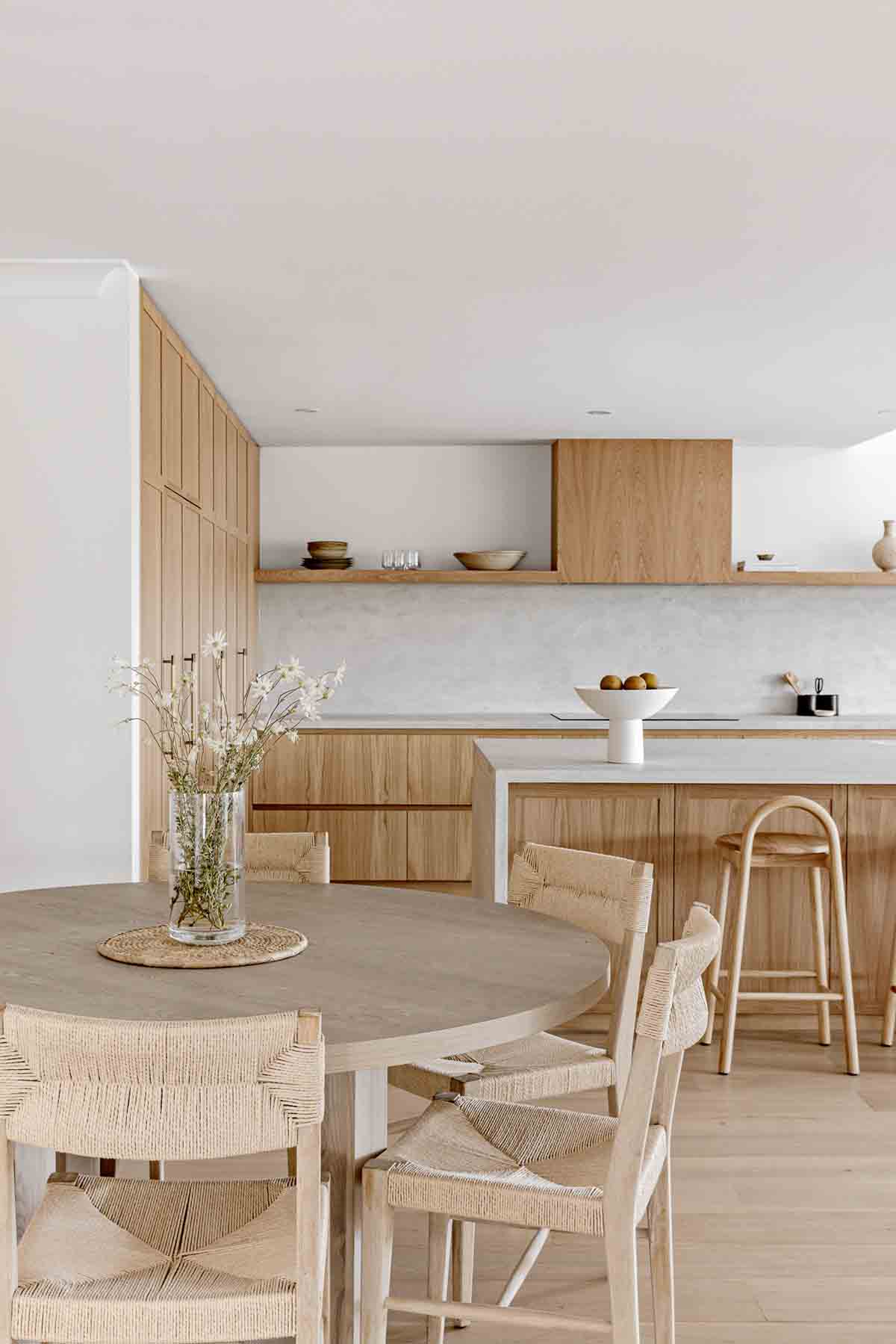
In this image we see how the space has a minimal material and colour palette, but is full of texture. This is achieved through the different style of wood doors on the kitchen drawers and the kitchen island, and the “rough” material used on the dining chairs against the smooth wood table. Warm ceramics are placed against the colder stone counters and splashback, for a lovely contrast.
Layering Texture
We’ve been talking about layering. Layering texture is all about using multiple sources of texture so that you’re not just relying on fabric and soft finishes. This could include the additional furniture and objects you bring to the room, as well as finishes on the walls and floors.
Texture + Light
To warm up a room bring in pieces with a rough texture, as they reflect less light and make an object look more rustic and add visual weight to the setting. On the other hand, to offset weight, bring in pieces with room and shiny surfaces, as they reflect more light and given off a contemporary and modern impression.
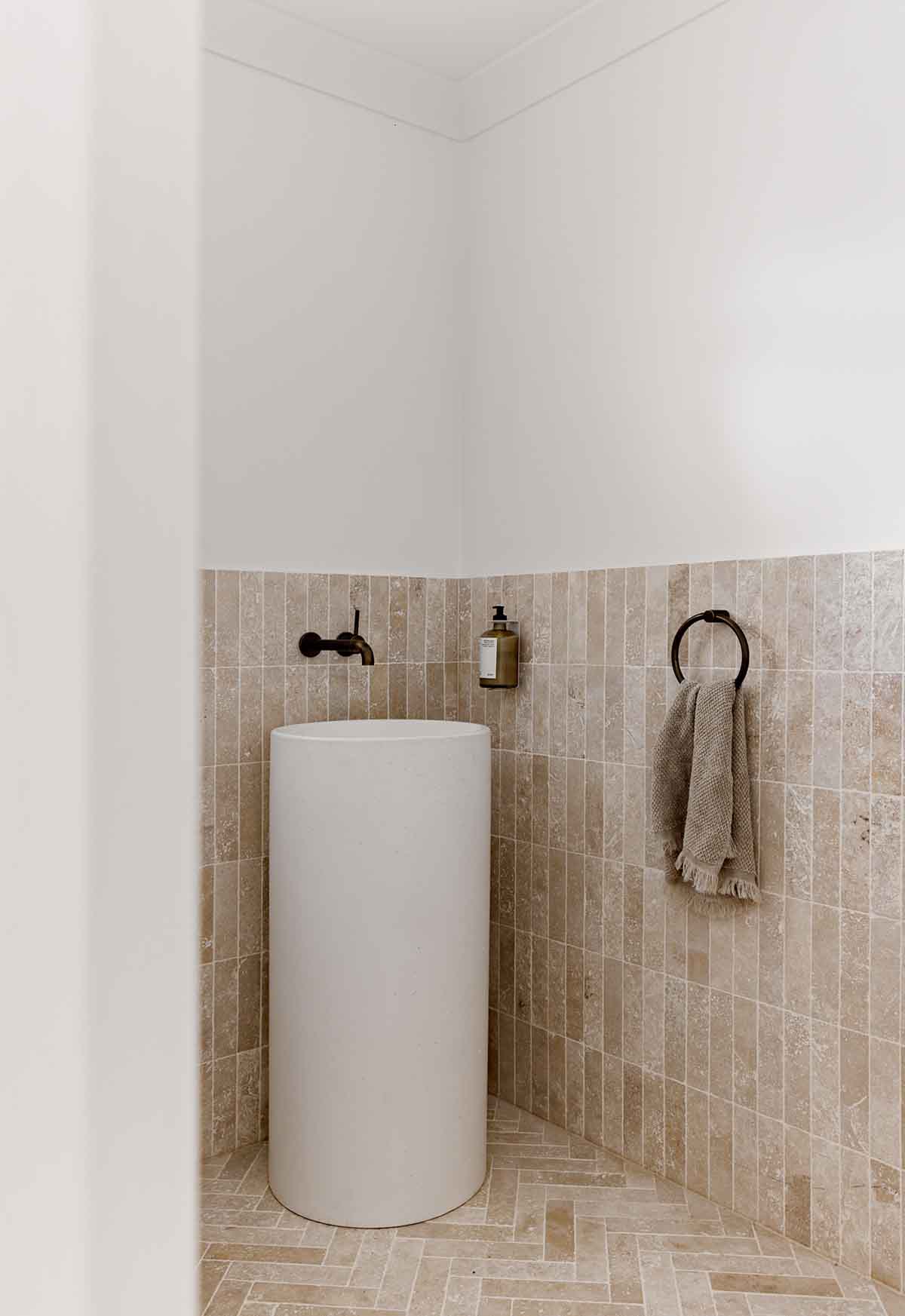
Texture + Materials
If you think of a room that has tiled floors and walls all in one style of tile, you immediately think cold and flat. Even just by changing the type of tiles used between the two areas you immediately adjust the visual texture of the space. Installing wood panelling alongside a wood floor brings contrasting texture to a room.
Natural materials are the most common way to add texture to a space. Woven baskets, jute and sisal rugs and wood furniture and objects are easy ways to change the visual and tactile texture of any setting.
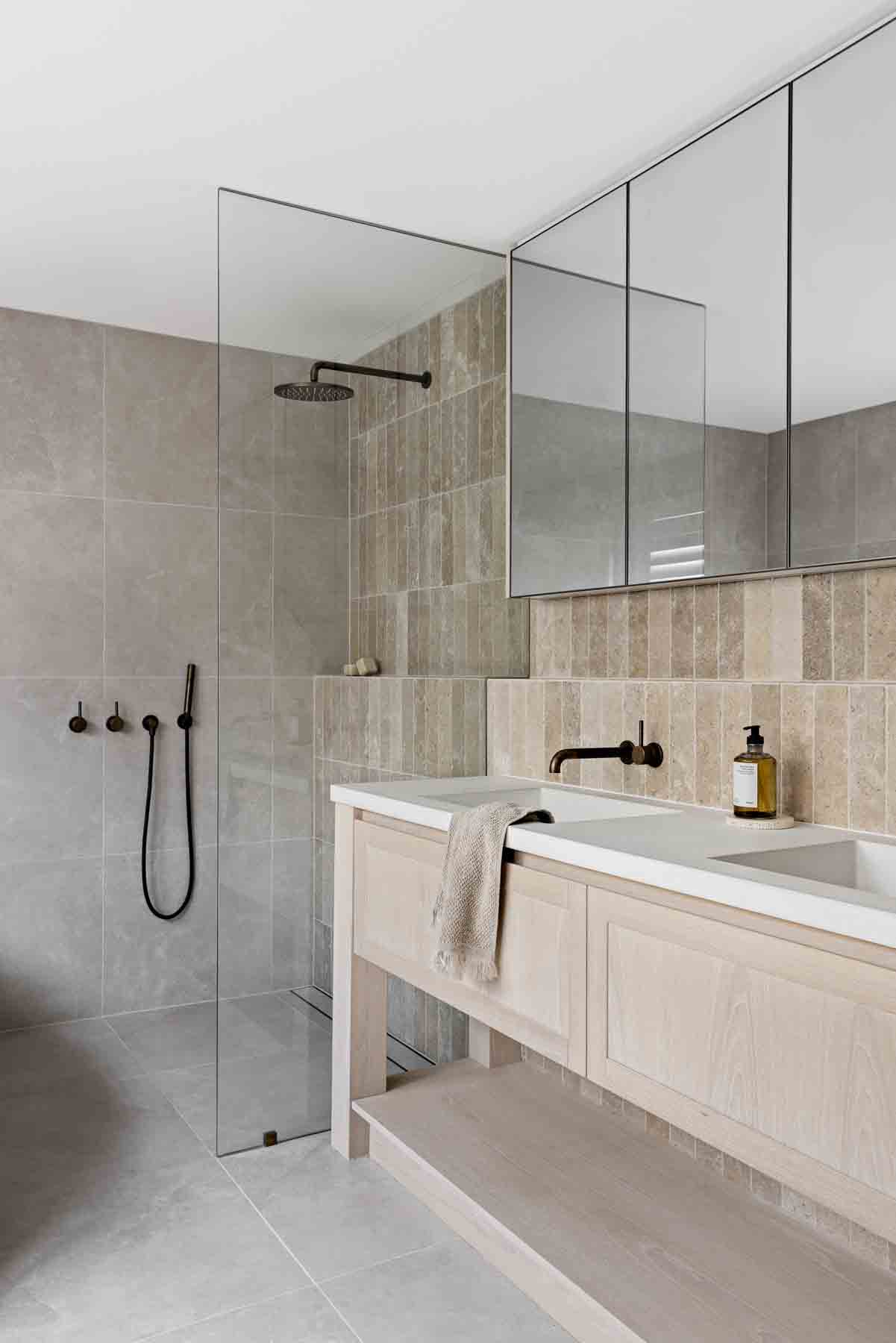
Texture + Textiles
Consider the scale and textile of a piece as an understanding of how much texture it brings to your room. A large sofa with a a soft fabric softness and lightness a room. A large fabric with a coarse wool upholstery would make a room look heavier and darker, just due to the fabric.
Winter favourites for their tactility include soft plus materials like velvet, boucle, chunky knits, shag rugs, sheepskins and woven textiles. If you think of the type of throw you want to snuggle under on a cold winter’s day, I’m sure soft, plus, silky and thick are all words that spring to mind. These are easy wins when it comes to adding seasonal texture to your room.
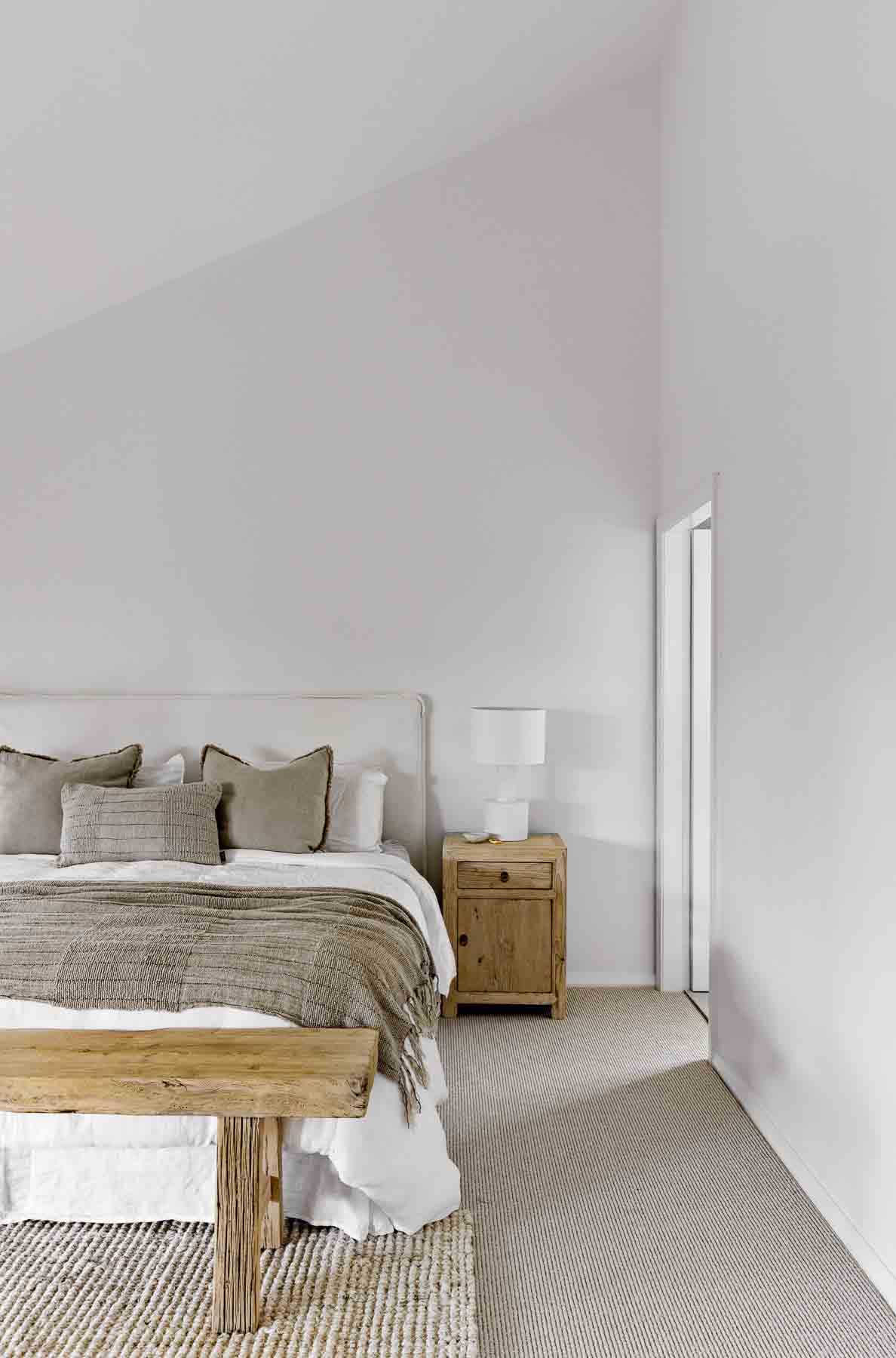
See more images of this beautiful home tour on The Local Project

